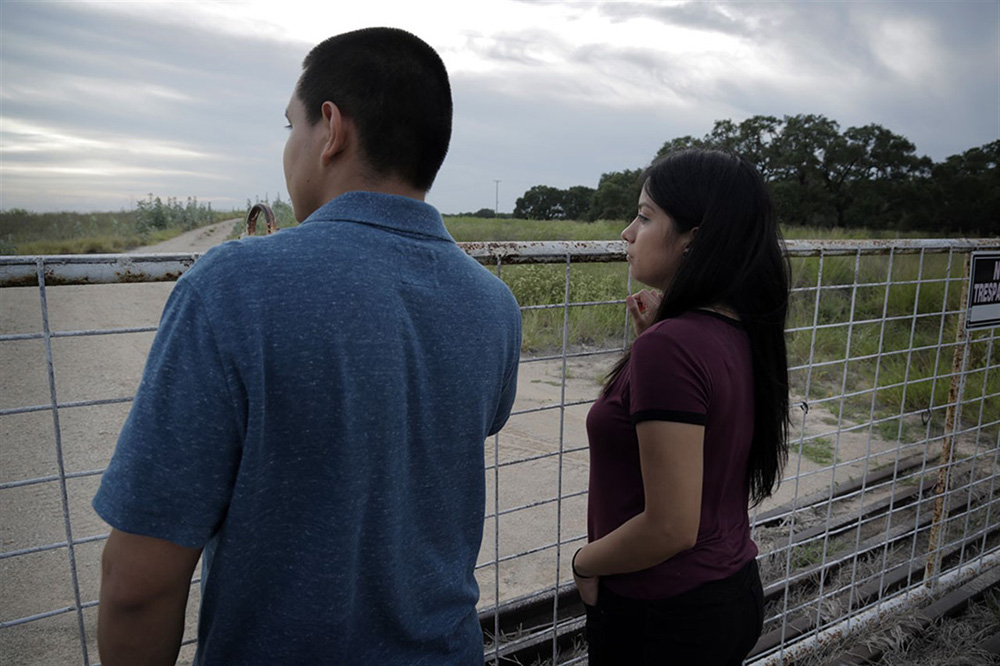It is disquieting to say the least to see a team of forensic anthropology students sprawl out across the open prairie in “Missing in Brooks County,” digging for bones in what’s become a graveyard for those who have dared to cross the border from Mexico. Dr. Kate Spradley, overseeing the effort to identify those who have perished from the treacherous journey, estimates that there are thousands of bodies that will be difficult to track down any information for, leaving behind a wrenching mystery for anyone close to the migrants who will never have closure as to whether they’re alive or dead in attempting to make it to America.
Certainly there’s been no shortage of tragic stories from the U.S./Mexico border in recent years, but co-directors Jeff Bemiss and Lisa Molomot take a novel and refreshing approach in setting up cameras in Falfurrias, Texas where the 70-year-old Eddie Canales of the South Texas Human Rights Center has made it his mission to help relatives of those who were making the trek to find their loved ones and spends his mornings setting up water stations on the mix of private and public land that runs for thousands of miles without relief for those who try to cross. His efforts are countered by a local militia group known as the Texas Border Volunteers, who put on camouflage and roam around their properties looking to detain anyone they view as suspicious until the real authorities arrive.
As is cogently described in “Missing in Brooks County,” this type of awkward citizen intervention was all but assured by short-sighted border policy initiated during the 1990s that may have recognized the futility of stopping people from crossing over completely yet drove those willing to risk their lives to the most dangerous pathways, leading to a 40-mile stretch in Brooks County that would elude a border checkpoint but essentially throw people to the wolves. The ramifications carry on in ways that continue to be unimaginable yet are brought into sharp relief as the co-directors locate the families of Homero Ramon Gomez and Juan Zavala, two men who saw opportunity across the Rio Grande and were never to be seen again.
Naturally, there is plenty of emotion in seeing relatives of the two men actively search every avenue to recover them, even when the time that’s passed has left little hope they’ll still be alive, but “Missing in Brooks County” works more intellectually than most films considering the border, having to show the desperation and fear that fills the vacuum in absence of what can be known, whether it is the uncertainty of knowing whether the missing can ever be found on the part of the families or the inability to track what happens at the border that leads those trying to combat the situation, no matter what their intentions, to extreme measures. Bemiss and Molomot dial things down with a panoramic view that’s both comprehensive and sobering, and in a film where identification becomes so coveted and elusive, the acute location of all the issues in this unfolding humanitarian crisis proves invaluable.
“Missing in Brooks County” will be streaming through DOC NYC from November 11th through 19th.




